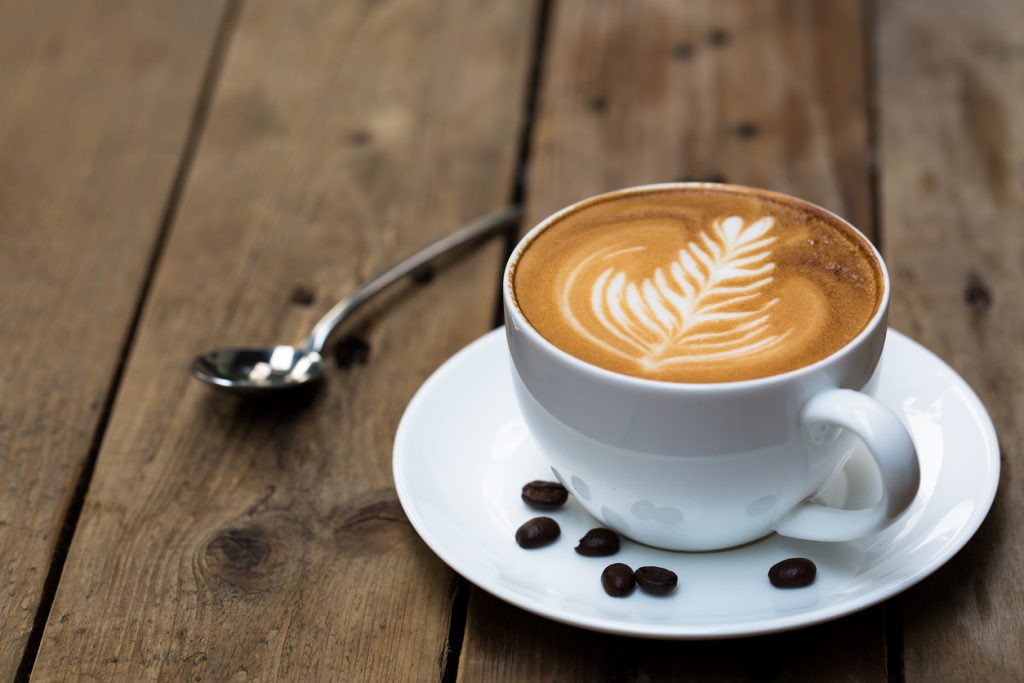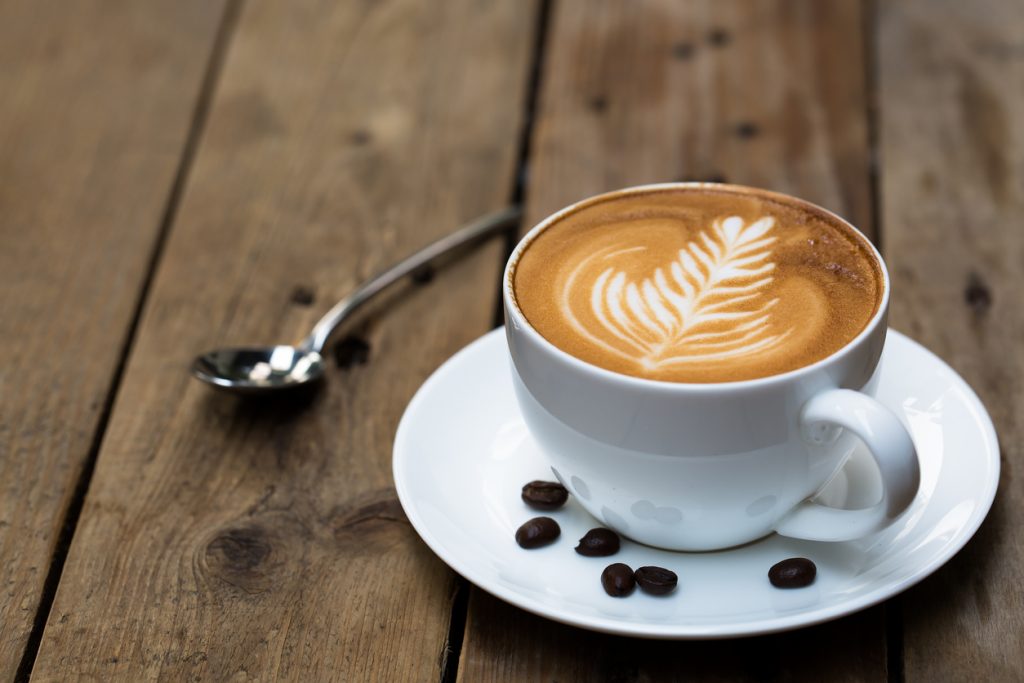When Uncle John was a kid, the basic food groups were meat, bread, vegetables, and dairy products. Uncle John always wondered why they left out the other basic food groups: coffee, candy, cold soup, fish sticks, corn dogs, and salad dressing. (This article was first published in Uncle John’s Curiously Compelling Bathroom Reader.)
Cappuchino
In Vienna, a Kapuziner is a cup of espresso with a few drops of cream stirred in. The drink gets its name from the Catholic order of Kapuzin friars, who wore a brown habit or robe that was about the same color as the drink. (In English, the friars are known as Capuchins.) In the late 1800s, Austrian soldiers stationed in northern Italy introduced Kapuziners there; the Italians renamed them cappuccinos. When high-pressure espresso machines were introduced in 1906, the Italians put their own stamp on the drink by making it with steamed, foamy milk, and plenty of it, instead of just a little bit of cream.
Vichyssoise
Don’t let the French name fool you—this leek-and-potato soup (pronounced vi-she-swaz) is as American as apple pie. Louis Diat, the head chef of New York’s Ritz-Carlton Hotel, came up with this cold soup in 1917 while looking for something to serve to customers in the sweltering heat of New York summers.
Fish Sticks
Clarence Birdseye single-handedly invented the frozen-food industry in the late 1920s when he figured out how to freeze food without ruining its flavor, texture, or nutritional value (you have to freeze it quickly). His early machines worked best with food that was cut into slender pieces, and one of the first foods he came up with was a knockoff of a French delicacy called goujonettes de sole: sole fillets baked or fried in bread crumbs and a light batter. Birdseye switched to cheaper fish (cod), fried it in a heavier batter, and scored a hit: If you had a freezer in the 1930s, more likely than not it contained a box or two of fish sticks.
Licorice Allsorts
You might not recognize these candies by name, but you’d know them by sight—they’re the variety of licorice candies that are sold as a mixture of colors, shapes, and sizes. The candies were created by the Bassetts Company of England in the late 1800s. The original plan was to sell each shape separately, but that plan was foiled in 1899 when a salesman named Charlie Thompson spilled a carefully arranged tray of the pieces during a sales call. The buyer actually preferred the candies all mixed up…and as it turned out, so did everyone else: The candies sold better as a mixture than they ever did individually.
Wish-Bone Salad Dressing
When Phillip Sollomi returned from fighting in World War II in 1945, he opened a restaurant in Kansas City, Missouri. The house specialty was fried chicken, so he named the restaurant “The Wishbone.” In 1948 he started serving his mother’s Sicilian salad dressing; it was so popular that customers asked for bottles to take home. So he started bottling it…and soon demand was so strong that he had to make it in batches of 50 gallons at a time. In 1957 he sold the salad dressing business to the Lipton Tea Company, and today Wish-Bone is a bestselling Italian dressing in the United States.
Corn Dogs
Even if he wasn’t the very first person to dip a hot dog in corn meal batter and deep fry it, Neil Fletcher was the guy who popularized the dish when he began selling it at the Texas State Fair in 1942. Those early dogs were served on plates; it wasn’t until four years later that Ed Waldmire, a soldier stationed at the Amarillo Airfield, became the first person to put the corn dog on a “stick” (the first ones were actually metal cocktail forks, later replaced by wooden sticks).










